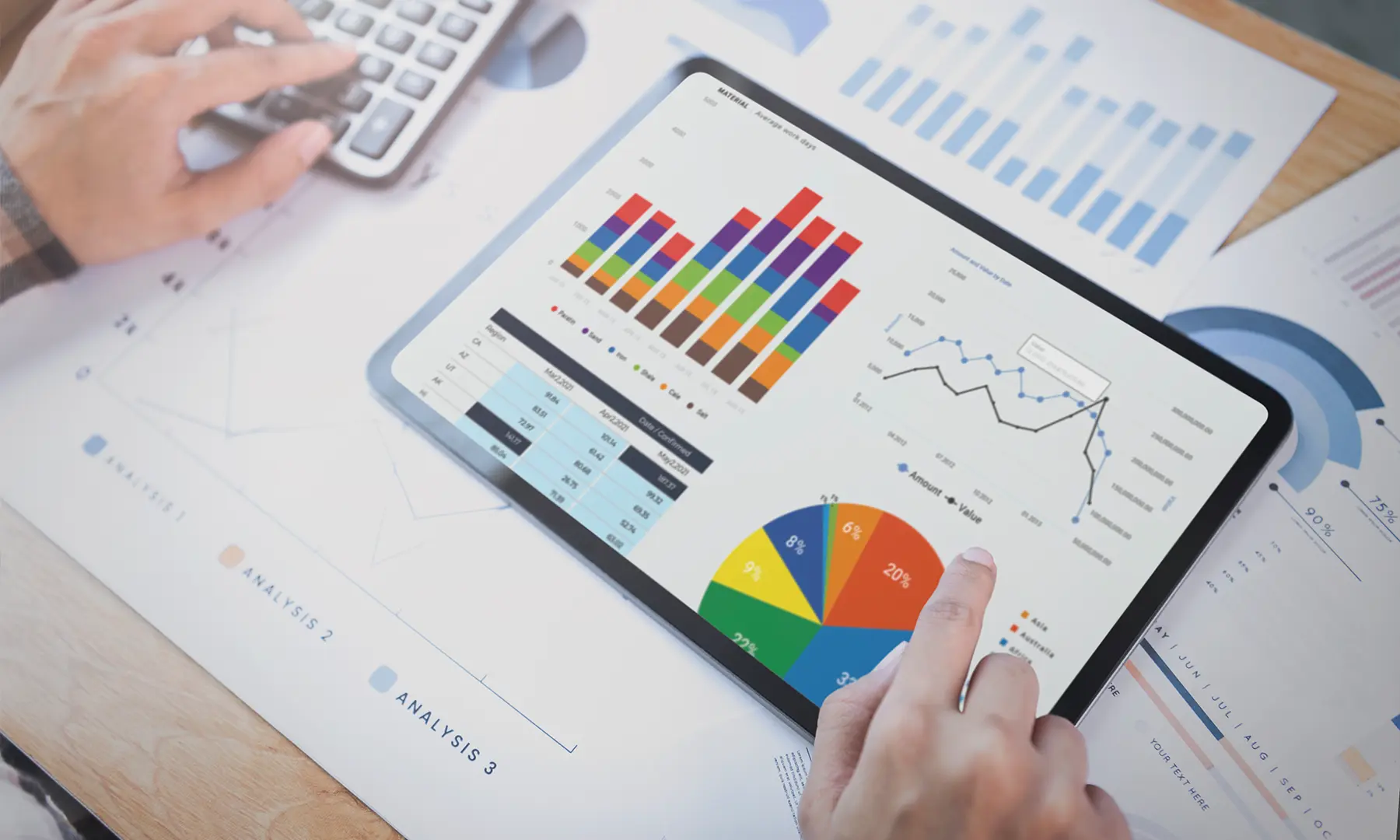Expert Econometrics tutor
Learn econometrics with tutors in the USA
Econometrics taught with skilled tutors

Econometrics taught by skilled tutors in the USA
Explore econometrics with tutor-led support
Kajal taught 8 days ago
The session involved a detailed review of macroeconomic concepts, including national income determination, fiscal policy, and the multiplier effect. The student practiced calculating equilibrium national income, the multiplier, and the government budget position using provided equations and data. The session concluded with a discussion of the impact of government spending changes on the economy, with reference to the Canadian economic model.
Marginal Propensity Concepts
Equilibrium Level of National Income
Multiplier Effect in Open Economies
Government Budget Position
Impact of Changes in Investment and Government Spending
Keynesian Model and Government Spending
Diya taught 9 days ago
The Student reviewed different types of goods based on rivalry and excludability, analyzing examples and discussing the efficiency of private provision. The Student also learned about deadweight loss, quantity and price effects, and profit maximization in perfect competition. The Tutor assigned practice problems related to these concepts.
Rivalry and Excludability
Types of Goods
Efficiency of Private Provision
Artificially Scarce Goods
Deadweight Loss
Demand Curve and Elasticity
Quantity and Price Effects
Diya taught 9 days ago
The Tutor and Student reviewed the supply curve of a firm in perfect competition, focusing on its relationship to marginal cost and average variable cost. They analyzed how firms maximize profit and determine the shutdown point. The Student was assigned to review additional MCQs and questions in preparation for the next session.
Perfect Competition: Firm's Supply Curve
Profit Maximization in Perfect Competition
Average Variable Cost (AVC) and Shutdown Point
Industry Supply Curve
Market Equilibrium in Perfect Competition
Diya taught 11 days ago
The Tutor and Student reviewed price elasticity of demand, income elasticity, and utility maximization. The Student practiced applying these concepts to various scenarios, including determining the effect of price changes on total revenue and classifying goods based on income elasticity. The Student will complete the remaining practice questions for the next session, focusing on longer problem sets related to monopoly and private competition.
Price Elasticity of Demand and Total Revenue
Income Elasticity of Demand and Types of Goods
Utility Maximization and Marginal Utility
khushi taught 12 days ago
The Student and Tutor reviewed concepts of elasticity, market structures (perfect competition and monopoly), and utility. They worked through past paper questions, applying formulas and graphing techniques to solve problems related to cost functions, revenue maximization, and market efficiency. The Student was assigned additional practice problems and a review of key chapters for the next session, along with sending a sample paper.
Elasticity and Total Revenue
Utility Maximization and Diminishing Marginal Utility (DMU)
Perfect Competition: Profit Maximization
Monopoly: Output and Pricing Decisions
Public Goods and the Free-Rider Problem
Externalities and Emission Taxes
Cost Concepts: MC
AVC
Kajal taught 12 days ago
The Tutor guided the student through calculating aggregate demand, determining equilibrium national income, finding the value of the multiplier, and calculating the government's budget position. The student practiced applying formulas and interpreting the results. The next session is scheduled for Monday evening to review a new question paper.
Aggregate Demand Function
Disposable Income and Consumption Function
Equilibrium Level of National Income
Multiplier Effect
Government Budget Position
How to get started with econometrics
All about learning econometrics
Econometrics applies statistical and mathematical models to economic data to analyze relationships and make predictions. It is essential for fields like finance, policy analysis, and market research.
Mastering econometrics helps students develop data-driven decision-making skills and prepares them for careers in economics, analytics, and quantitative research.
Many students struggle with understanding regression models, interpreting coefficients, and applying statistical methods. Concepts like ordinary least squares (OLS), heteroskedasticity, and endogeneity can be challenging without a strong foundation in statistics.
To learn econometrics effectively, students should start with textbooks like Wooldridge’s “Introductory Econometrics” and Stock & Watson’s “Introduction to Econometrics” to build theoretical understanding. Online courses (Coursera, edX, MIT OpenCourseWare) provide structured lessons and video tutorials.
Practicing with real-world datasets using software like Stata, R, Python, or EViews is essential for applying concepts. Study groups and econometrics tutoring provide additional support for mastering complex topics.
A combination of theory, coding practice, and real-world applications ensures a strong grasp of econometrics.
How can a tutor help you learn econometrics?
Breaking down statistical concepts and regression analysis
Econometrics relies heavily on statistical techniques like hypothesis testing, probability distributions, and regression models.
An econometrics tutor can explain these concepts step by step, provide visual demonstrations, and offer guided problem-solving practice to improve understanding. Personalized lessons help students build a strong statistical foundation, making econometric analysis easier.
Providing hands-on coding practice with econometric software
Students may struggle with coding syntax, data manipulation, or understanding software output.
An econometrics tutor can provide one-on-one coding exercises, debug errors in real time, and teach efficient data analysis techniques to improve technical skills. Working through real-world datasets helps students gain practical experience in applying econometric models.
Improving problem-solving skills for assignments and exams
Many students face difficulty with interpreting coefficients, identifying model errors, and structuring answers for problem sets and exams.
An econometrics tutor can analyze past mistakes, provide targeted exercises, and teach structured approaches to solving econometric problems. With timed practice sessions and personalized feedback, students can enhance their exam performance, analytical thinking, and confidence in applying econometric principles.
What to look for in an econometrics tutor?
Qualifications and experience
Choose a tutor with a background in economics, statistics, or data science and experience in teaching econometrics. Tutors who have used econometric models in academic research, finance, or policy analysis provide valuable real-world insights.
Student reviews and teaching style
Look for tutors with positive reviews from past students, focusing on their ability to simplify complex statistical concepts, teach software skills, and improve problem-solving abilities. A tutor who emphasizes practical applications and real-world datasets is especially helpful.
Affordability and scheduling flexibility
Econometrics tutoring rates typically range from $50 to $120 per hour, depending on expertise. Wiingy offers expert econometrics tutors for just $28 per session, making quality support affordable. Find a tutor with flexible scheduling and personalized lesson plans to match your learning needs.
By choosing the right econometrics tutor, students can strengthen their econometrics skills, improve their analytical thinking, and succeed in their coursework and careers.
Frequently asked questions
What are the future prospects after learning econometrics?
What are the best resources to learn econometrics?
What are the key concepts in econometrics?
How can I get a better understanding of real-world applications of econometrics?
How can I keep up with new econometrics related current affairs every week?
How can an econometrics tutor help me with exam prep?
How can an econometrics tutor help me manage a heavy assignment workload?
What qualifications should I look for in my econometrics tutor?



